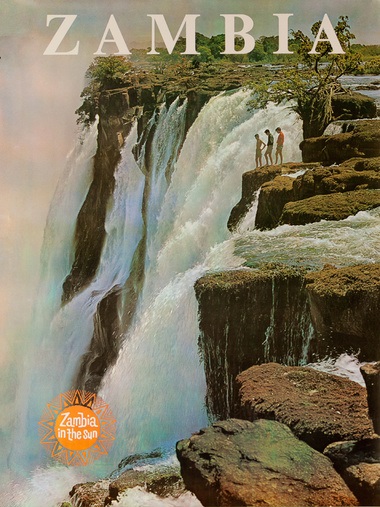- Sat. Jun 7th, 2025
Classic Cars, Movies, Music, and Other Stuff ...
Once Upon a Time in Zambia
There is an often-repeated phrase that refers to “living in interesting times”. My life from the late 60s through the 70s were one of my “interesting times”. Because this was also the time, I spent in Zambia, which too went through interesting changes during this period. So, here’s “Once upon a time in Zambia.”
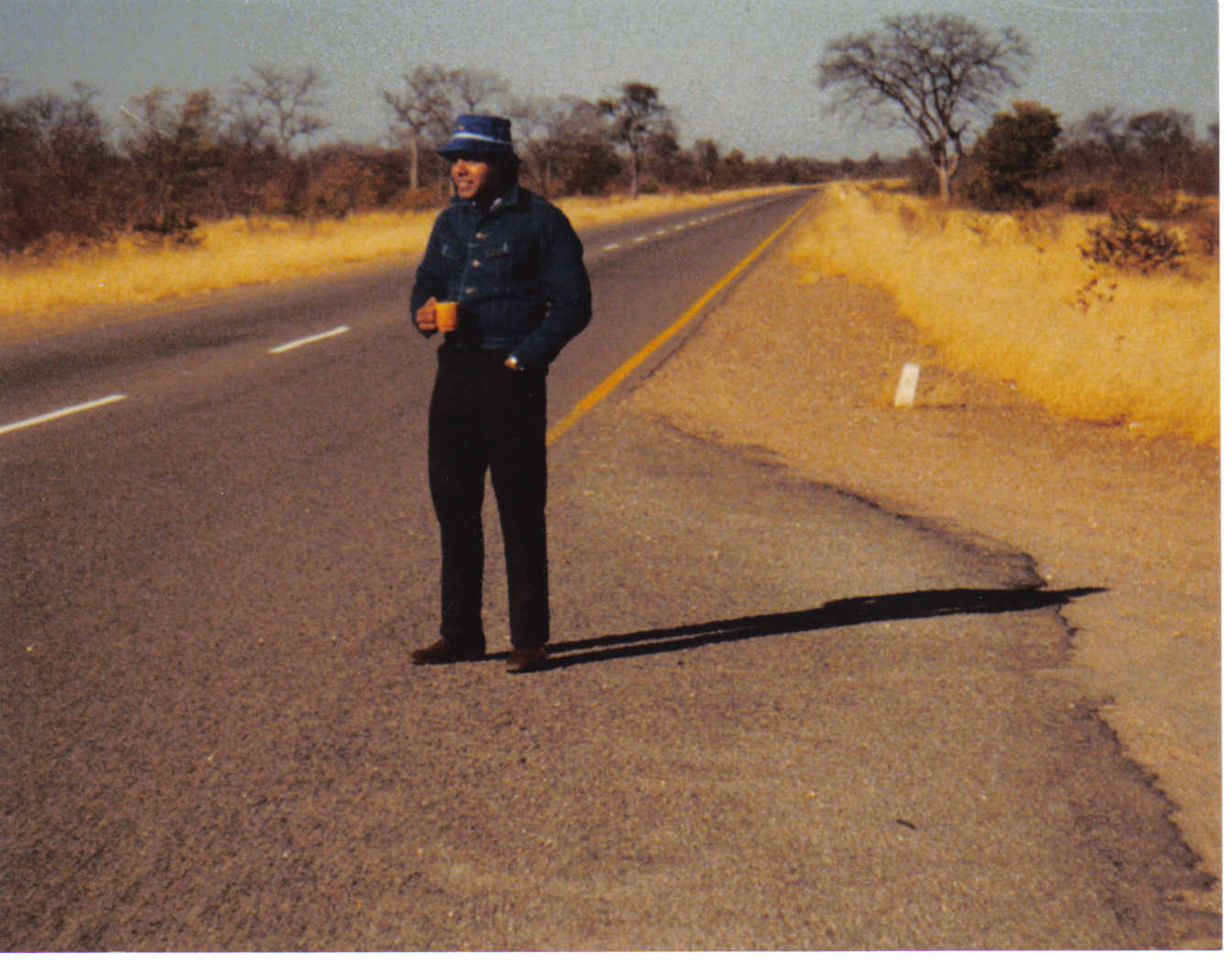
Thapson
Out of the Blue
I got a message a few days back, out of the blue, from someone I last saw 47 years ago. A good buddy, and classmate. Understandably, everyone’s doing this these days of COVID. The Pandemic’s pushed the pause button in our lives, and rethink our priorities. Apparently, he got my email contact from another common friend.
“a grainy, faded photo of the two us pointing our toy pistols at the camera while surrounded by some of his family”
It was a surprise, and I was left speechless for a few days. So many things came to mind, I didn’t know where to start and what to say. Before I could reply, he wrote another message just to remind me who he was by attaching a photo. A grainy, faded photo of the two us pointing our toy pistols at the camera while surrounded by some of his family. This brought back so many memories as those days came flooding back.
The Neighborhood I Cannot Visit
And these days were spent in the beautiful country of Zambia, where I spent my earliest years way back in the late 60s through the late 70s. Yes, Zambia was, heck still is, a beautiful country, I’m sure. And what makes it especially poignant is the fact that I cannot visit my childhood neighborhood again unlike most others. This is because I grew up on an Air Force Base under high security and which is now out of bounds for me for those same reasons. Which makes the memories of the place more special as it is where my buddy, along with around thirty or so of my childhood friends spent our growing years. And we all had one thing in common: we were all non-Zambians.
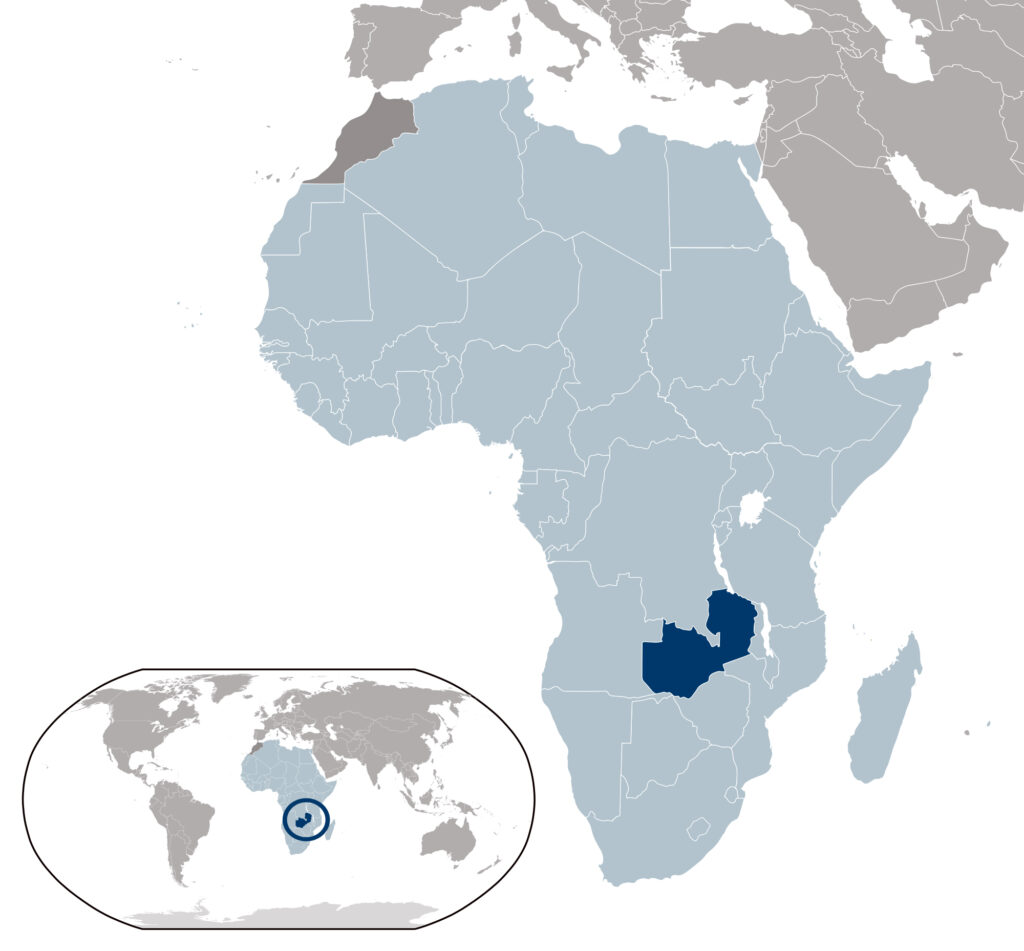
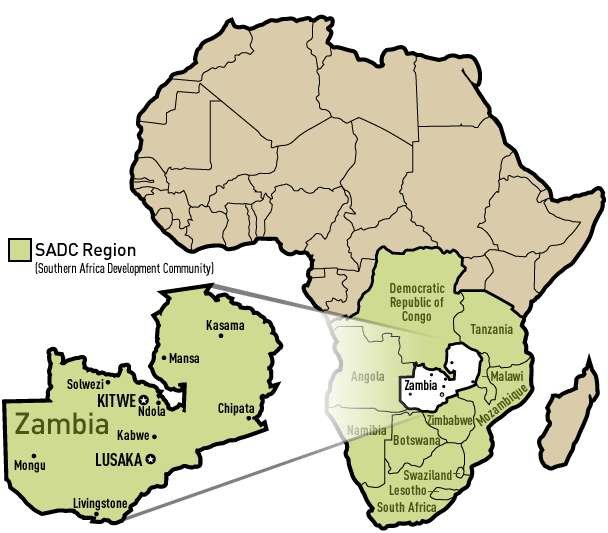
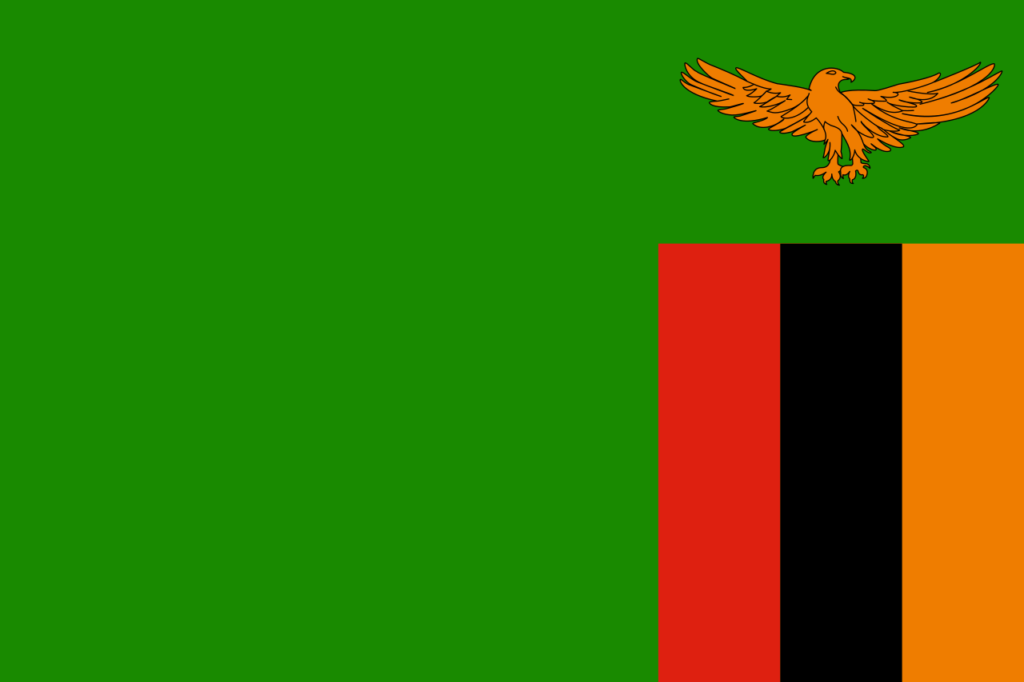
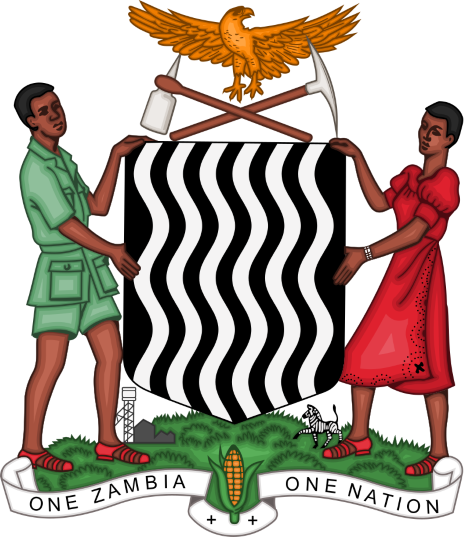
Zambia Air Force
My dad was in Zambia to assist the country’s Air Force cope with the departure of the British Royal Air Force personnel. The country had, in 1964, gained independence from the United Kingdom, and the British population in Zambia were leaving. They didn’t want to live in a country which was not their colony any longer and where they ceased to have any say in the running of affairs. Needless to say, the RAF types on the base in those days were not too happy to see us – at least that’s what I think. You could see it in their attitude and their smugness towards us as a whole. Since they were leaving/being terminated, the Zambian government reached for English speaking personnel with Air Force experience to replace them until the country was able to manage everything on its own.
Livingstone
My father moved to Zambia in 1968, with my mom and I following in early 1969. We moved to his station at Livingstone, the tourist capital of Zambia. The town of Livingstone, named after Scottish missionary Dr. David Livingstone, was situated on the border between Zambia and the then Rhodesia (Zimbabwe). It was the original capital of what was Northern Rhodesia until Lusaka replaced it in 1935. Livingstone was a small, relatively quiet town with one main commercial thoroughfare, and sat on the Great North Road, meant to connect Cape Town with Cairo. Despite its small size, Livingstone was very important for Zambia; being a border town and a major tourist spot. It’s home to the largest falls in the world known as “Mosi-oa-Tunia” (The Smoke that Thunders) which David Livingstone named Victoria Falls (after Queen Victoria). A national park, Zambezi river, and a museum rounded off other interests.
Never Short of Activities
Despite being a sleepy town, we were never short of activities with the various places you could go to and the friends we had in Livingstone. A drive to the Falls, and back along the River Zambezi (the game park on the other side), topped off with a visit to the Municipal Library would be on schedule frequently. Occasionally we would picnic on the banks of the Zambezi (“riverside”). In places, the shore was lined with beautiful, pristine, white sand. I attended “Coronation Primary School” while there. Those were the earliest memories I have of Zambia.

Main Street, Livingstone
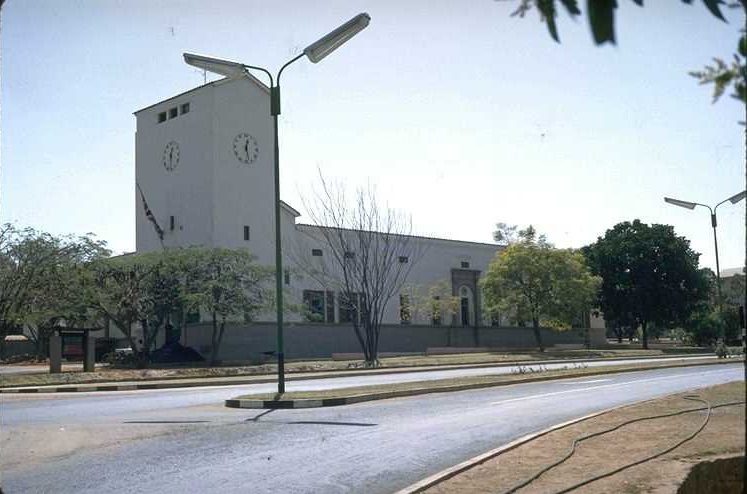

Zambia Promotional Posters (60s – 70s)
Move to Lusaka
This came to an end when my dad moved to the ZAF base in Lusaka, the Zambian capital. We bid goodbye to Livingstone, and moved to the relatively “big bad” city of Lusaka in 1970. This is where I would spend the rest of my time in Zambia. The air base was 15 miles out of the city, on the other side of the runway at Lusaka International Airport. Here, we got to witness the passive hostility of our British neighbors. The base itself was very well organized. Our milk was delivered at home, a bus service took me to school, a well-stocked grocery store, and a nice library staffed by neat young British women. While Lusaka was considered dangerous, the air base was very safe, and we had a whale of a time riding our bikes and other outdoor activities.
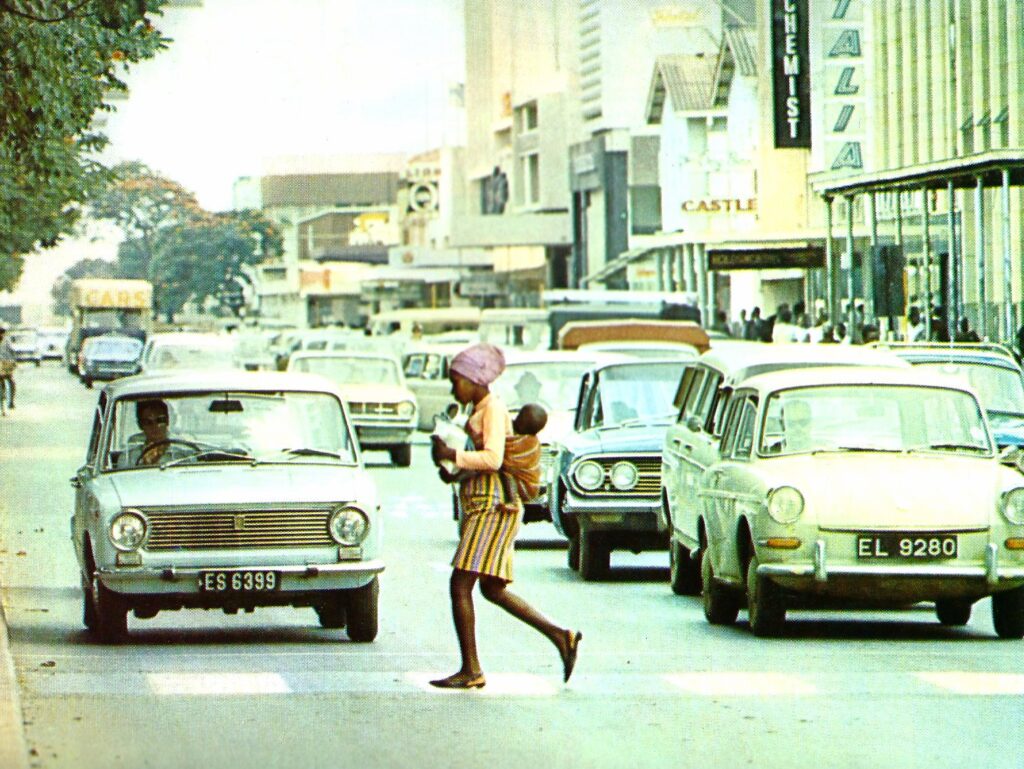



Primary School
Our primary school was originally built for kids of the (White) farming population living in the “bush”. Our Latin motto on the gate said “Semper Sursum” (always upward/onward). The main building was named Van Wyck House – after the Afrikaner who founded the school. Like all colonial era buildings, it was designed to keep cool during summers and warm in the winter. And it had boarding facilities. The British were still “in charge” at this school as our headmaster, and most of the staff was from the UK. One of the best educational experiences I had for sure. Facilities, and the quality of education were definitely better than my kids had years later in the “developed” country I live in now. The British had a knack of making good use of the limited resources. Unfortunately, I have no images of the school at this time.
Colonial Past
But, make no mistake, it was all originally meant for “Whites only,” although it had opened up before I joined. The infrastructure the Brits built in Zambia was impressive. Seeing how much hard work would have gone into the design and development of the country is mind boggling. The roads, bridges, railway line, airports, buildings, facilities, services, were pretty good for the third world. You could see British fingerprints on just about every piece of infrastructure that existed in Zambia. Below are only some of the non-mining examples.
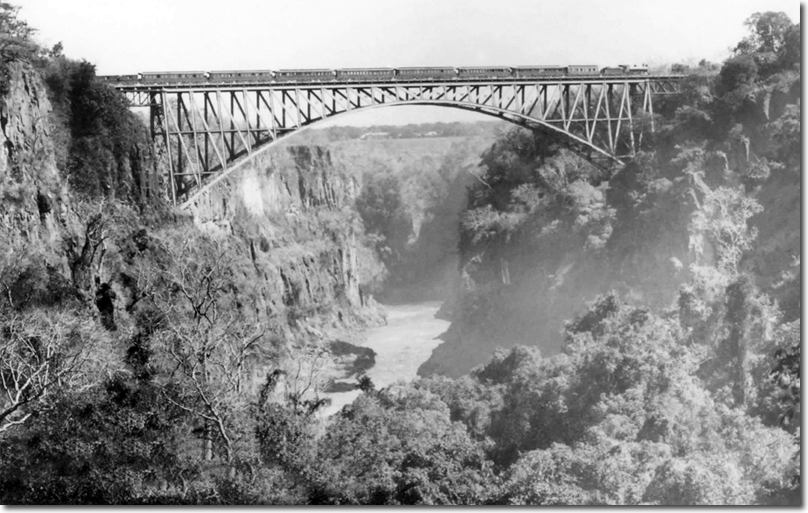
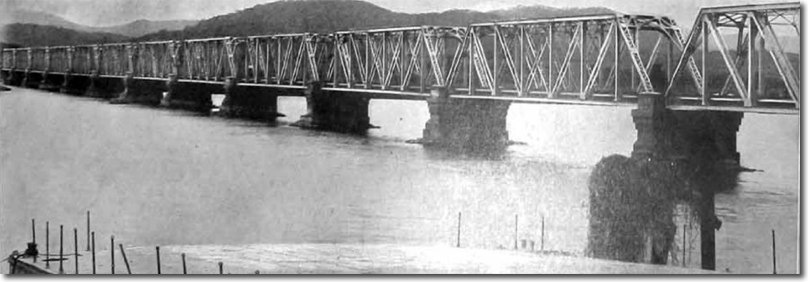
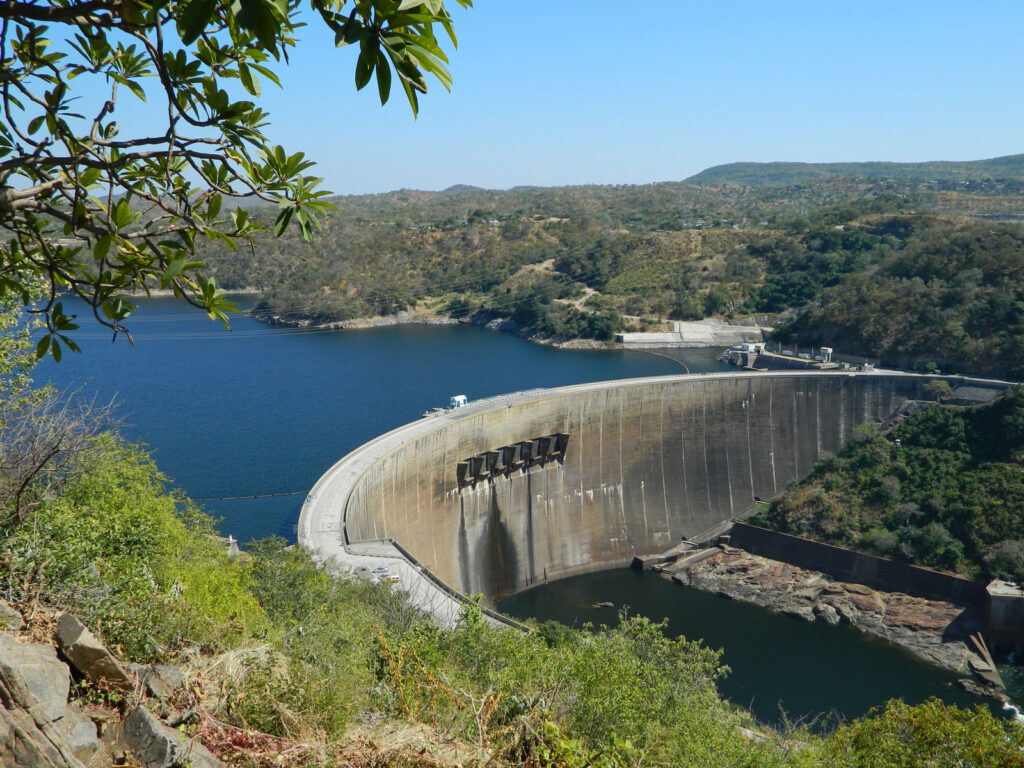
End of Colonialism
All this had been done only for the benefit of the British and their interests in Africa to reap the mineral resources available there. We were just collaterally enjoying the fruits of all their work. Zambian independence in 1964, and our arrival just hastened the end of the British influence, and privilege – which is why our neighbors hated us with barely concealed hostility. Incidentally, Zambia went into the 1964 Tokyo Olympics as Northern Rhodesia under the Colonial flag, and out as Zambia during the closing ceremony, under a new flag of an independent country. There’s some trivia for you!
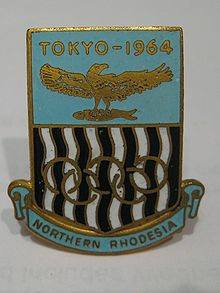
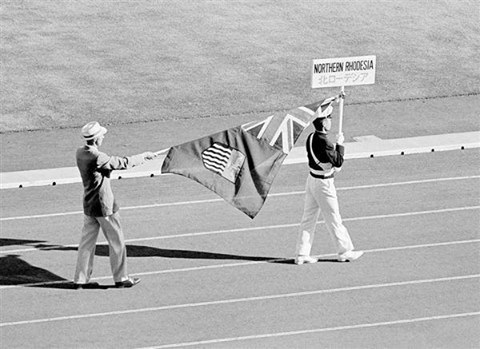
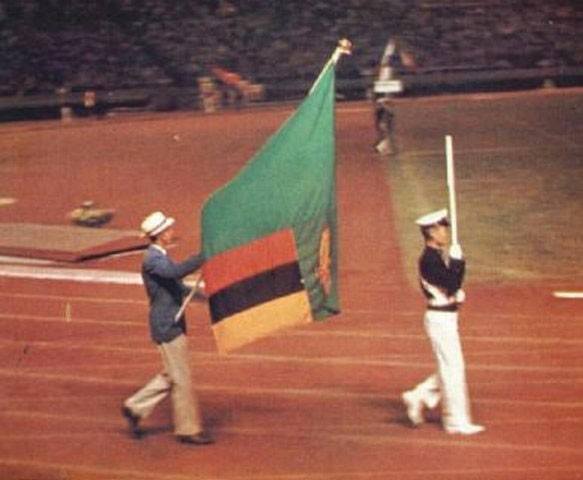
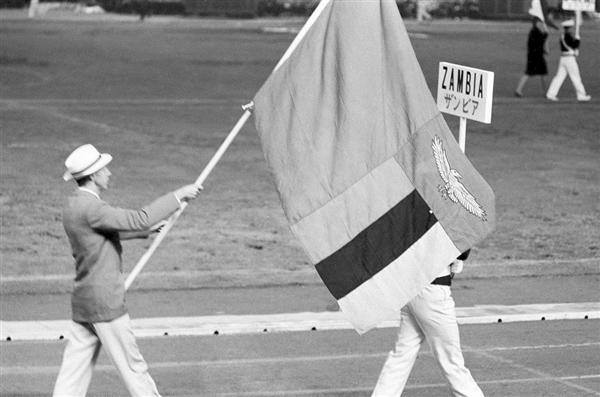
Post-Colonial Zambia
As the Seventies rolled on, the last of the RAF personnel vanished. By 1973, some of my friends’ dad’s contractual obligations ended. With a heavy heart, we bade goodbye to these people realizing I was likely never going to see them again. Among them was my friend in question here. The British influence on Zambia was receding fast. A lot happened during the early 1970s that I don’t wish to get into here. After independence, Zambia was still surrounded by hostile colonies.
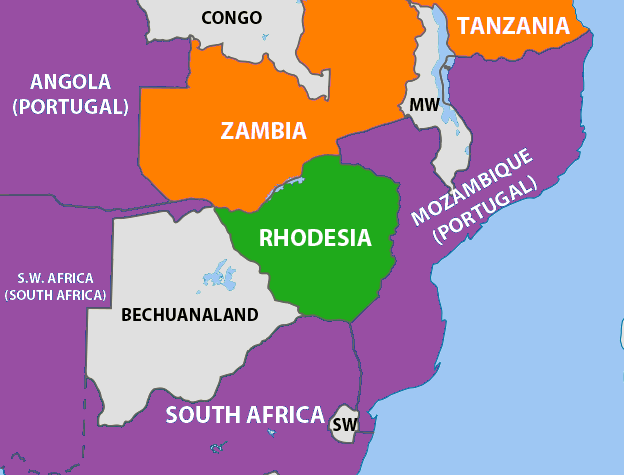
Zambia Sacrifices
President Kenneth Kaunda, a charismatic, idealistic man, closed the border with Rhodesia and South Africa on ideological grounds. I’m unsure if this was the best thing to do. The people of Zambia paid a very high price after cutting off relations with those two remnants of Colonialism. Their country was landlocked and historically linked to Rhodesia and South Africa. Zambia then turned a Socialist, one-party state, and closer to China, North Korea, and the USSR, as the West was seen to be too lenient on the racist regimes to the south. To replace the rail link (umbilical cord) to South African ports, Zambia, Tanzania, and China teamed to build the Tazara railway line connecting Zambia to Dar-Es-Salam on Africa’s East coast. Unfortunately, this led to Zambia’s dependence on Chinese goods. This was also around the time when Copper prices fell – something Zambia’s economy was heavily dependent on.


Experiment with Socialism
Thus commenced the “lowest point” in Zambia’s post-colonial history with shortages of major essentials. Chinese goods flooded the market. These were very bad quality stuff. Their hacksaw blades we used in metalwork class snapped at the slightest bend to our teacher’s chagrin. Many people bought “Flying Pigeon” bicycles from China which were cheap, but soon regretted it as their brake cables broke within weeks. My South African made Hercules bicycle never gave this problem. Chinese toys were flimsy. Mostly tin with sharp edges, and cheap plastic. Canned goods from China looked suspect. The names were a riot too, and these are just examples: “Flying Bomb” batteries, “Double Happiness” shirts, “Flying Kite” jam, “Smiling Baby” crayons, “Sunshine” shoe laces? The quality was terrible. I started missing the British efficiency – hence the love/hate relationship. We had shortages of bread, milk, cooking oil, flour, sugar, you name it.
Secondary School
By now I was in Secondary School, where also, British teachers were leaving in droves. Few quality teachers were left. There were some good Zambian, Indian, Polish, Russian, Scandinavian, and other African teachers. But the damage had been done to the extent I would not enjoy the last two years in Secondary School. I didn’t do as well as I could have primarily due to the mess in our school situation. Eventually, I left Zambia for higher studies in mid-1979, never to return to the country as a resident again.
The images below show my Secondary School but a little before my time. But the photos carry the “spirit” I want to convey and show the main entrance, side of a classroom, and other external images, respectively, as I remember them in my time.
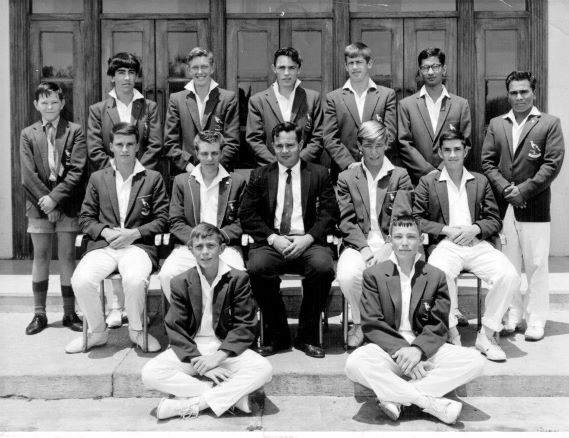
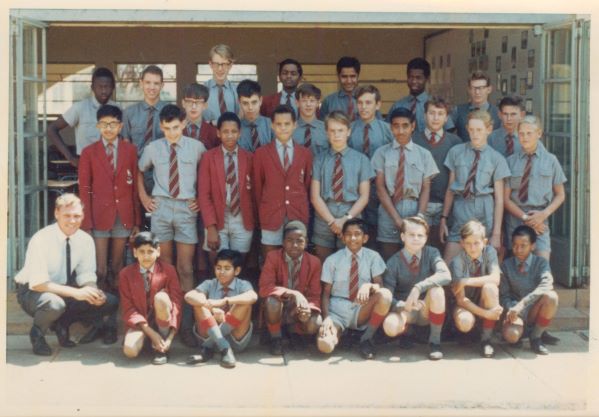
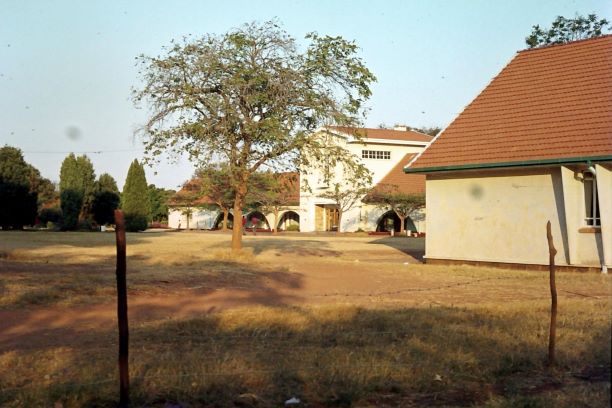
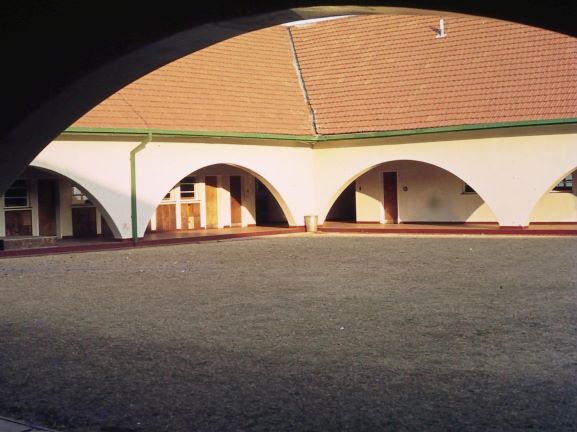
Sad Decline
I travelled through Lusaka about 3-4 times again, and each time it seemed to be fading away, and it hurt to see the country in this condition. It resembled a country which had a glorious past but had stalled at some point. Inflation, unemployment, and crime skyrocketed from what I heard. Zambia was to go through serious suffering, government changes, and related economic upheavals before it “recovered” again somewhat. Apparently things have improved now, and it’s on the way to reclaiming its glory. But, in my mind, the most magical days had long gone. I’m probably not the one to make this judgment as the ordinary Zambian in the street is the best person to make that call.
The Best Days in Zambia
The wonderful days in Zambia I spent during the late 60s through the early 70s were the best. It was fascinating how the British had transformed Zambia into a tiny piece of the UK, if you will. They did some fantastic things there and need to be given credit where it’s due; even though it was only for themselves and the British Empire. They created a wonderful quality of life there with its beautiful weather, wildlife, unspoiled open spaces. These feelings came back to me on receiving that message from my friend who I haven’t seen for 47 years. And who is forever tied to my days back there in Zambia. At least in his memories, he only remembers the best of that country, and need not cry at what became of it as the years progressed.
In Closing
In closing, there are many things I carry with me to this day with respect to Zambia of my time there:
Sports
Soccer, Boxing, “Ucar” Godfrey Chitalu, Samuel “Zoom” Ndhlovu, Dick Chama, Alex Chola, Kabwe Warriors, Mufulira Wanderers, Ndola United, Lusaka Tigers, Green Buffaloes, Lottie Mwale, “Spot The Ball” competition in the newspaper, Dennis Liwewe, and of course the Zambian Soccer team who I was a die hard supporter of. I would almost weep with Dennis Liwewe whenever the Zambian team lost any major match.
Music
Zamrock/Afrobeat, Mosi-Oa-Tuniya, Rikki Ililonga, The WITCH, The Tinkles, The Big Gold Six Band, Emmanuel Mulemena, Swithin “Smokey” Haangala, “Kola” by Lazarus Tembo, Violet Kafula, etc.
TV Personalities, Anchors, local TV shows
Lewis Muliyunda, Edgar Chellah, Mario Malyo, Ignatius Chileshe, Ceciwa Khonje, the Makulu brother and sister (I only remember the sister Joy), “Around the Copperbelt,” “International Cuisine,” “Topic,” “Zam Arts,” “Who Where and What,” etc.
Miscellaneous Stuff
Other things that are stored away in a corner of my memory banks include icons such as UBZ (Leyland and Dubrava buses), Zamcabs (Australian Holden Belmonts), Peugeot 404 Taxis and Police cars, ZAF and Zambia Army vehicles including Bedfords, Leyland, Albion buses, Land Rovers. ZAF Caribou, Buffalo, Dornier, Macchi aircraft. All the FIAT cars assembled in Zambia, UNZA campus building, Mulungushi Hall, Parliament Building, State House, Freedom Statue, Evelyn Hone College, Mwaiseni (Welcome), ZCBC, ZOK, Kingstons bookstores. And was there actually a “Mushala” or was all that fake? There’s so much more that Zambians would definitely recognize.
I could write more about my days in Zambia but that would require more posts. Instead I’ll close off with Rikki Ililonga and his 1975 hit “Zambia.”
Rikki Ililonga – Zambia / YouTube.com
Last Three Posts under ‘Other’
TV Designers & Producers: Pray Lend Me Your Ears
Apparently People Still Love their Minivans

